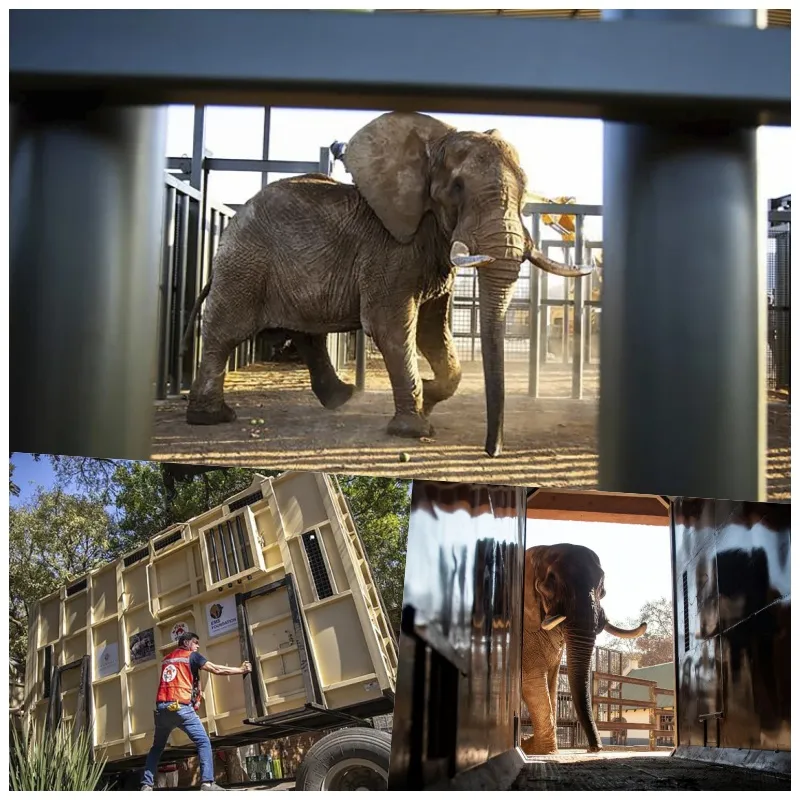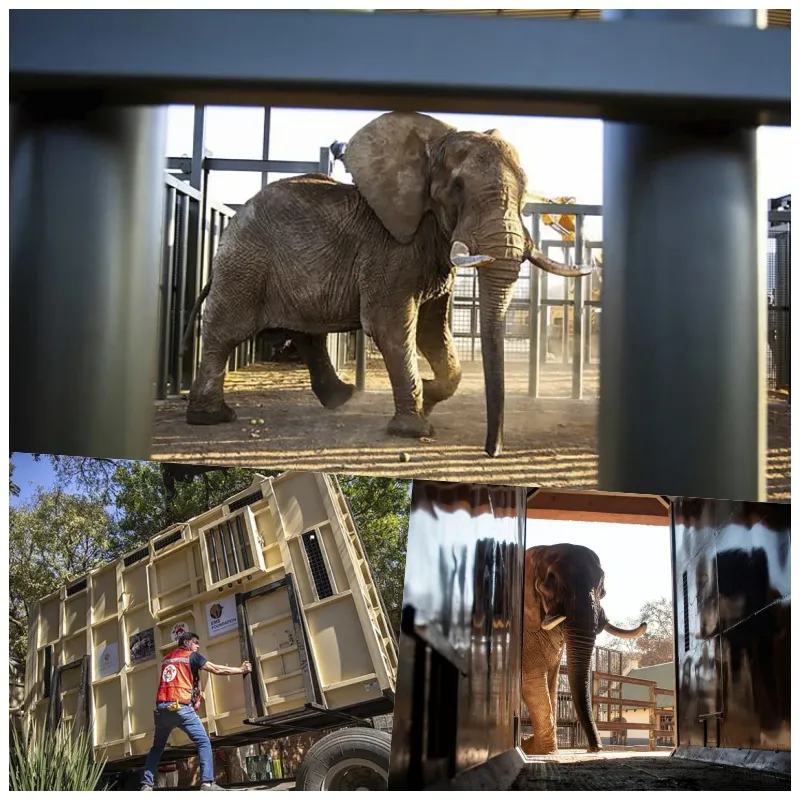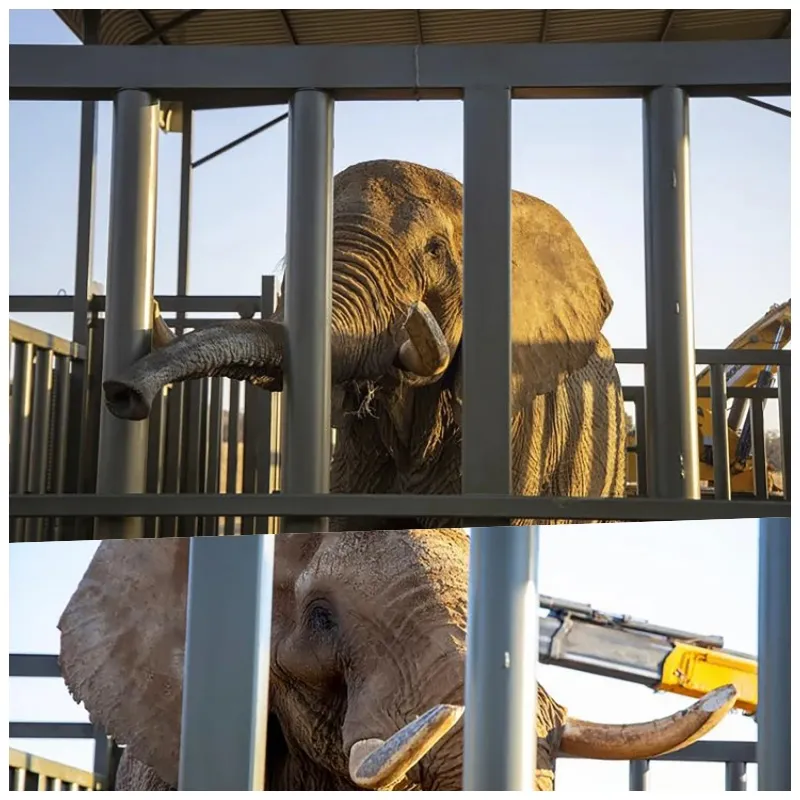
How Do You Move a Grumpy 4-Ton Elephant to a New Home 120 Miles Away? Call the Elephant Movers
When it comes to the niche and challenging business of relocating elephants, Dr. Amir Khalil and his team are among the best in the field. Khalil, an Egyptian veterinarian with a notable track record, previously managed one of the most high-profile elephant relocations in recent history. In 2020, his team successfully rescued Kaavan, an Asian elephant famously known as the “world’s loneliest elephant,” from a Pakistani zoo and transported him to a sanctuary in Cambodia, where he could finally be with other elephants.

Now, Khalil faces a new challenge: relocating Charley, an aging four-ton African elephant from South Africa. Charley has been a resident of a zoo in Pretoria for over 20 years, having outlived his fellow elephants and showing signs of deep unhappiness following the death of his partner, Landa, in 2020. The zoo decided it was time for Charley to retire to a more suitable environment—a large private game reserve located about 120 miles away.
Given Charley’s advanced age and the complexity of moving such a large and sensitive animal, Khalil was an ideal choice for the job. Captured as a young calf in Zimbabwe in the 1980s, Charley spent 16 years in a circus and another 23 years as a major attraction at Pretoria’s National Zoological Garden. At approximately 42 years old, Charley has spent most of his life in captivity.
Khalil, an animal rescue specialist with the Four Paws wildlife welfare organization, emphasized the importance of giving Charley a chance to live his twilight years in a more natural setting. “I don’t know how many hundreds of thousands of people and children witnessed and enjoyed Charley,” Khalil said. “I think it’s time for him to also enjoy life and to live as an elephant.”
Relocating an elephant is no easy task. Khalil avoids tranquilizing elephants due to the risks associated with such a large animal. Instead, the process involves meticulous preparation and training. Khalil and his team, including Dr. Marina Ivanova and Dr. Frank Göritz, who were also part of the Kaavan relocation, began working with Charley two years ago. Their goal was to assess his readiness for relocation and build trust with him.
The training process involved getting Charley accustomed to a large metal transport container that would be loaded onto a truck. The team used positive reinforcement, offering Charley his favorite foods—pumpkins, papaya, and beetroot—to encourage him to enter the container. To their surprise, Charley adapted quickly and willingly stepped into the container in less than two weeks.

In late August, Charley began his journey to the Shambala private game reserve. The move involved an hours-long truck trip, after which Charley was introduced to his new home. To help him adjust to the significant change, he will initially be kept in a separate area from the main park for a few weeks. Shambala’s vast expanse includes wild elephant herds that Charley may eventually join.
Dr. Khalil praised the Pretoria zoo and South Africa’s environment ministry for their support of this project. He noted that reintroducing captive elephants to a more natural environment is rare and significant. “It’s a great message from South Africa that even an old elephant deserves a new chance,” Khalil said.
Khalil’s team is already planning another elephant move in Pakistan for October. As highly intelligent and social animals, elephants like Charley benefit greatly from environments that allow them to express natural behaviors. At Shambala, Charley will have the freedom to take mud baths, roam the bush, and explore thousands of hectares of land—experiencing a more fulfilling life after decades in captivity.
Charley is already making contact with other elephants from his holding pen. Elephants use deep, rumbling sounds to communicate over long distances, and Charley’s rumbles have been heard by his new neighbors. Dr. Ivanova expressed her excitement about Charley’s adjustment, saying, “I hear him rumbling. We’ll help him turn into a wild elephant again.”






